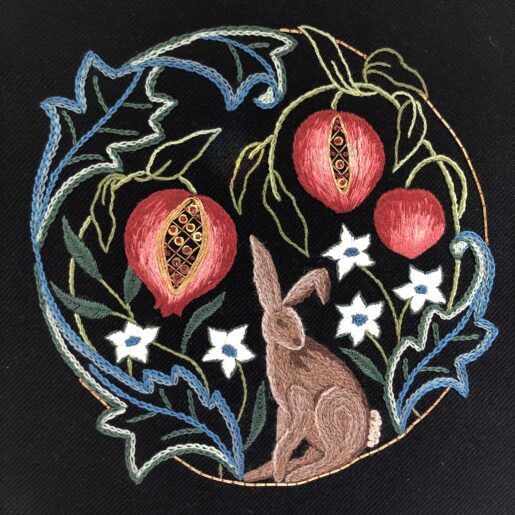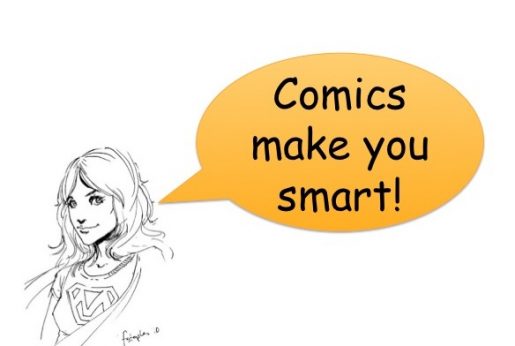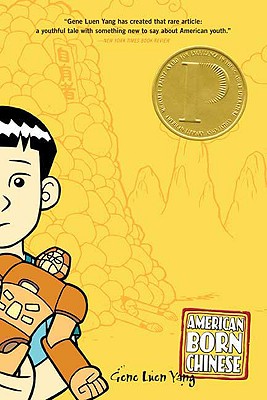Stitching, the five projects rule, and why you should order books for holiday gifts as soon as possible
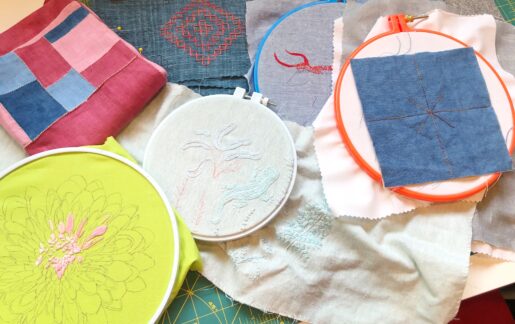
This is maybe half of my stitching projects currently-in-progress. Plus a pair of middle-grade novels, a picture book, a blog/essay collectionish thing, a nonfiction project, and Brave Writer Dart #5 of the 10 I’m writing this year. (Yep, that’s the whole year’s Dart lineup. The books are SO GOOD, y’all. A joy to write about.) This is why I’m not very good at promoting the books I’ve already published—the ones I really really hope people will keep buying because I love them and want them to stay in print—and I’m low-level worried all the time about neglecting them, but I would always, always rather be working on the next thing than promoting the finished ones.
And buried in this pile are two hoops from a project I am truly over-the-moon excited about, a set of original designs, and it would be awfully nice if someone could rustle up a way to fit about six extra hours into the day. I’m not greedy—five or six will do!
And the whole time I’m stitching, I’m thinking about the books, the middle-grades* mostly. Or, well, that isn’t quite accurate, because at night I listen to audiobooks while I stitch. But reading is a big part of writing, too. So in a way it’s all in service of the work.
*(I can’t decide which to focus on so I’m mapping out two at once, set in the same world. I told a friend on Friday that I’d like to have proposals ready to send to my agent by mid-October. Which is maybe a reasonable goal if I kick the clean-out-the-garage project down the road until, like, spring??)
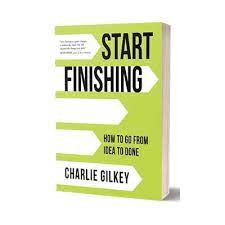 I love Charlie Gilkey’s book Start Finishing, and I’ve truly taken his advice to heart this past year, but BOY do I have a hard time with the crucial first step in his road map, which is recognizing that most of the time we can’t be actively moving forward on more than five projects at once.
I love Charlie Gilkey’s book Start Finishing, and I’ve truly taken his advice to heart this past year, but BOY do I have a hard time with the crucial first step in his road map, which is recognizing that most of the time we can’t be actively moving forward on more than five projects at once.
FIVE.
And that’s if all systems are go, no health issues, etc. (In this house, there are always health issues. I’ve had a miserable time with asthma this past month. Which is partly why I’ve managed to do so much stitching: too fatigued for all the household projects I’d envisioned barreling through this fall. Silver linings.)
Anyway, five projects. Words that send me into helpless laughter petering out with a rueful groan. When I try to narrow down All the Things, I cheat a lot.
1. Homeschooling (an ongoing project, decades deep now)
2. Client work. Lots of it. Counts as one big ongoing project with many, many subtasks.
3. Books in progress. A major cheat to count them as one project. At a certain point, I have to tuck a bunch of ideas away and focus on just one manuscript. But this is not that point.
4. A wild card spot. Any kind of household project bigger than basic daily chores. OR: the ongoing project of navigating Wonderboy’s medical appts and services. There are periods where this becomes intense, with several appointments in a short span of time, and that’s for sure when other things on this list have to be back-burnered. OR: a biggish reading project; research; study.
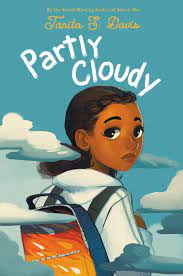 5. Book outreach — the one I’m forever neglecting — my newsletter and blog posts and reaching out to podcasters & teachers. I mean, this is really a whole job by itself! There are, like, professionals who make their entire living out of it! But the vast majority of published authors can’t afford that kind of help. We’ve got to champion our books ourselves. Which is…kind of excruciating? I would rather champion OTHER PEOPLE’S books. (Like Tanita Davis’s new one. You should buy it!)
5. Book outreach — the one I’m forever neglecting — my newsletter and blog posts and reaching out to podcasters & teachers. I mean, this is really a whole job by itself! There are, like, professionals who make their entire living out of it! But the vast majority of published authors can’t afford that kind of help. We’ve got to champion our books ourselves. Which is…kind of excruciating? I would rather champion OTHER PEOPLE’S books. (Like Tanita Davis’s new one. You should buy it!)
But what about…?
Stitching, you’ll notice, doesn’t land a spot on my Five Projects lists. Which may seem a bit bananas, since I’m obsessed with it and pretty much want to stitch all the time. But there’s a reason for it—a mini-revelation that gave me a lot of peace.
The thing about Projects is they require focus. Charlie Gilkey defines a project as activities that require time, energy, and attention. (TEA.) Most projects have some kind of Admin component, but to really move the work forward, the critical need is for Focus blocks. (What Cal Newport calls Deep Work.) Good-sized chunks of time—90 minutes to 2 hours is a good target, although for writing or, say, garage-cleaning, I prefer a 3-hour Focus block.
Most of us can only manage one, maaaaybe two Focus blocks in a given day. In Start Finishing, Gilkey notes that the rest of our time goes to routines, and admin, and social blocks (meetings, outings, phone calls), and…if we’re being good to ourselves, if we’re being wise: recovery blocks. Down time. Rest. Fun.
It was this Recovery part of Charlie’s road map that helped me make peace with the Five Projects (at most!) reality-check. Yes, I think of my stitching projects as projects. And they do take time and attention. But—here’s the glorious part—they don’t drain my energy. They restore it. They exhilarate me, thrill me—and they provide me with something I rarely experience otherwise.
Stillness.
I’m sitting still, stitching. My mind is still. I mean, it may be roaming, exploring the valley where my little book people live, or chewing on a post I mean to write—but it’s a contented, calm state. Not agitated. Not hyper. Not stressed or worried. Not holding mental arguments with That One Friend on Facebook. Not tacking items onto an endless to-do list. For me, stitching is a meditative activity; a vital part of my writing process; a means of rest and, yes, recovery.
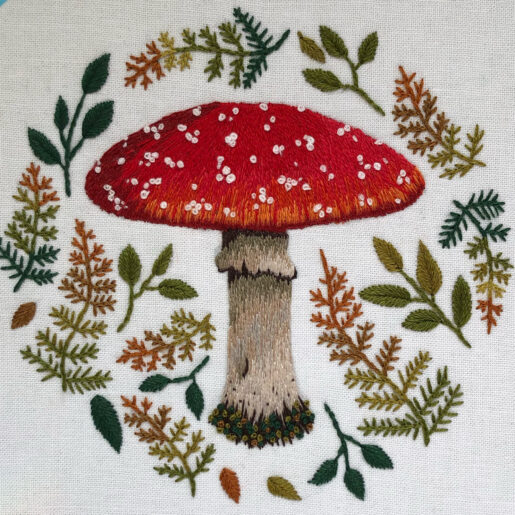
A few years back when I was feeling a bit desperate over a too-intense workload, my brilliant coach friend Helen McLaughlin suggested I make a list of activities that drain my energy, and activities that give me energy, to make sure my days had a reasonable balance of both.
Tops on the refueling list were: reading to my kids, singing with Low Bar Chorale, and making art. At the time, I was only just beginning to venture into embroidery. I was filling a lot of sketchbooks, trying to learn to draw and paint. Sketching stills my mind in much the same way stitching does. But the stitching high lasts longer: I like the way my embroidery projects come out more than I like my drawings. Gradually handstitching took precedence.
Interestingly, I find there’s an admin component to a stitching project, too. Cutting fabric, transferring a design (my own original one or a purchased pattern, depending), choosing colors, assembling supplies—this is the busywork part of the process that I usually save for weekends. That leaves me ready to sink into the bliss of a recovery state after a workday’s Focus session. If I time it right, my background mind can go on untangling whatever knotty problem may have popped up during the work, without me really noticing it. I think I’m puzzling out which stitches to use, and all of a sudden I discover I’ve written the next paragraph, the one I was sure I’d never get right.
Writing this post (which believe it or not, started out as a simple Instagram Story caption—hahaha) has untangled its own kind of problem. The garage is going to have to wait. My much-avoided Project #5 needs some time in the spotlight. I’ve got to put my needle down and spend a little time joining the chorus of authors and booksellers who are encouraging readers to place holiday book orders as soon as possible. Worldwide shipping delays have the publishing world in a tizzy: everything (not just books) is taking a much longer time than usual to get from Point A to Point B, as I’m sure you’ve heard.
Independent bookstores are begging customers to order holiday gifts early—like, NOW, no time to lose!—to ensure deliveries by December. Which means we authors need to make that plea, too. If you’d like to give one of my books (or Scott’s! They’re awesome) to the kids and teachers on your gift list, now is a perfect time. Same goes for any other books. Especially backlist titles that may already be in stock on the shelves at your favorite indie bookstore. Snap those up and everybody wins!

Prairie Thief and Nerviest Girl are middle-grade novels, great for kids 8-12. Fox and Crow is a Level 3 beginning reader (also a fun readaloud for younger kids) and the Inch & Roly series is Level 1, for kids just beginning to read on their own (and good read-alouds for toddlers and preschoolers, because: roly polies! Inchworms! And of course all children’s books make excellent gifts for the teachers in your lives.
If you order online from Annie Bloom’s Books here in Portland, they’ll ring me up and I’ll zip over to sign your copies before they ship.
batman adventures, book orders, cal newport, charlie gilkey, comics, creative practice, deep work, early readers, embroidery, five projects rule, Fox and Crow Are Not Friends, global shipping delay, holiday shipping, Inch and Roly, nerviest girl, prairie thief, Scott Peterson, start finishing, stitching, Tanita Davis, writing

